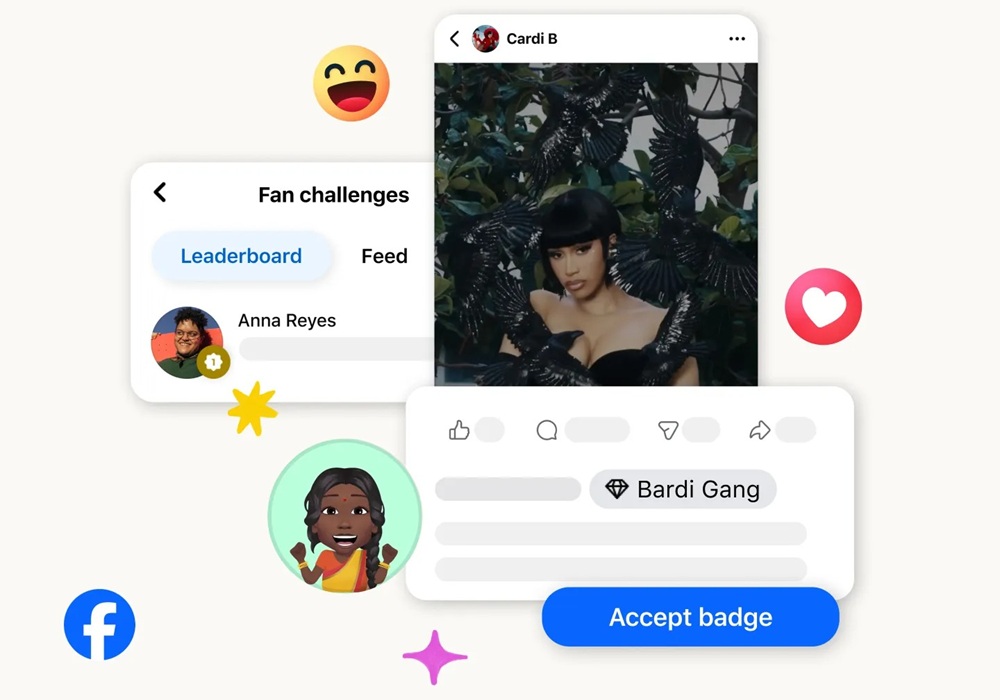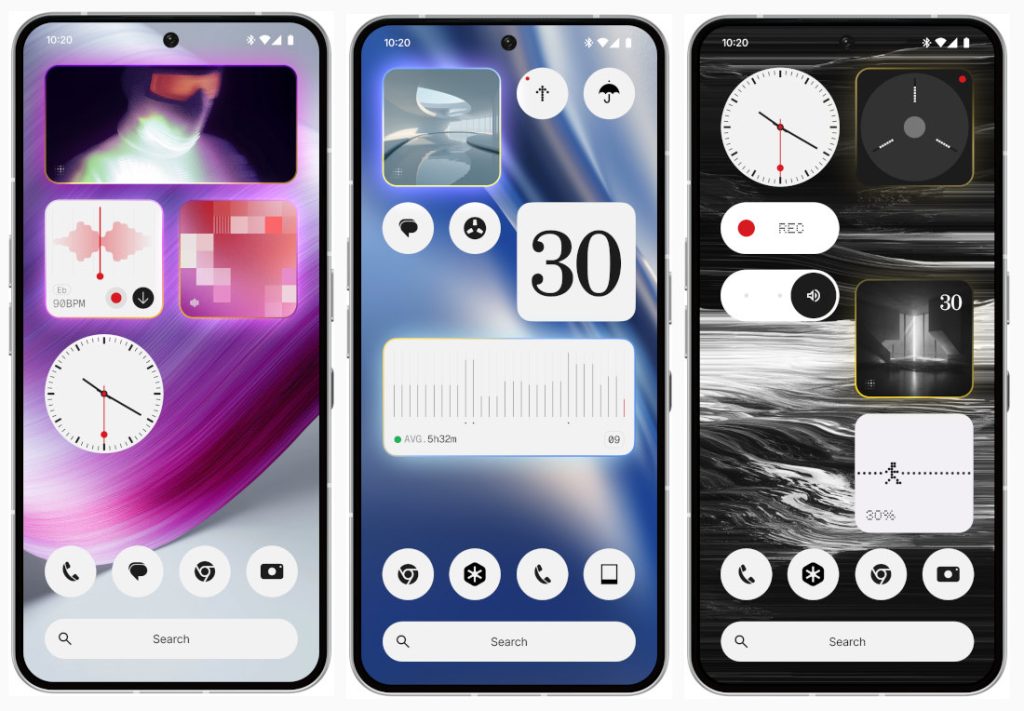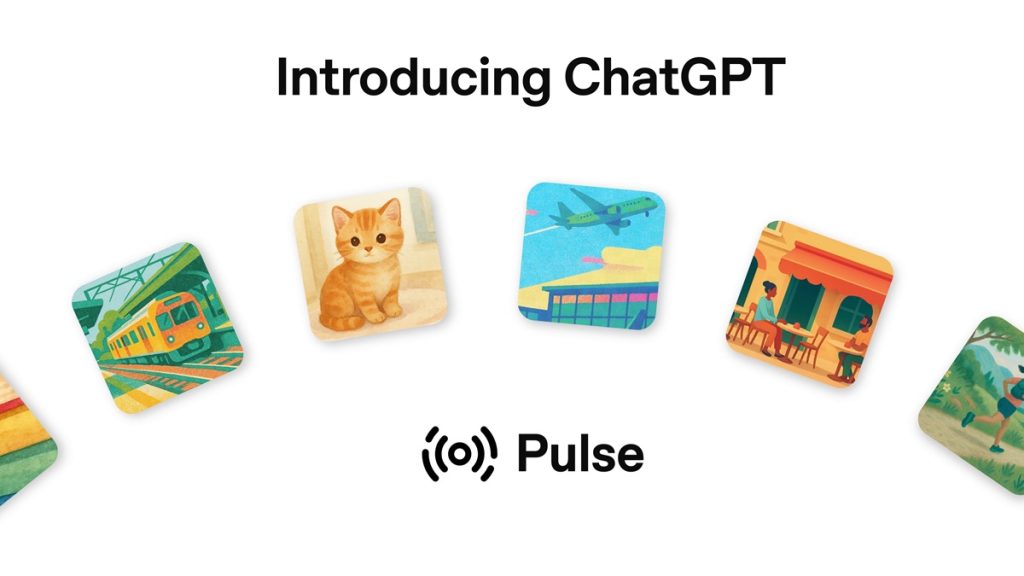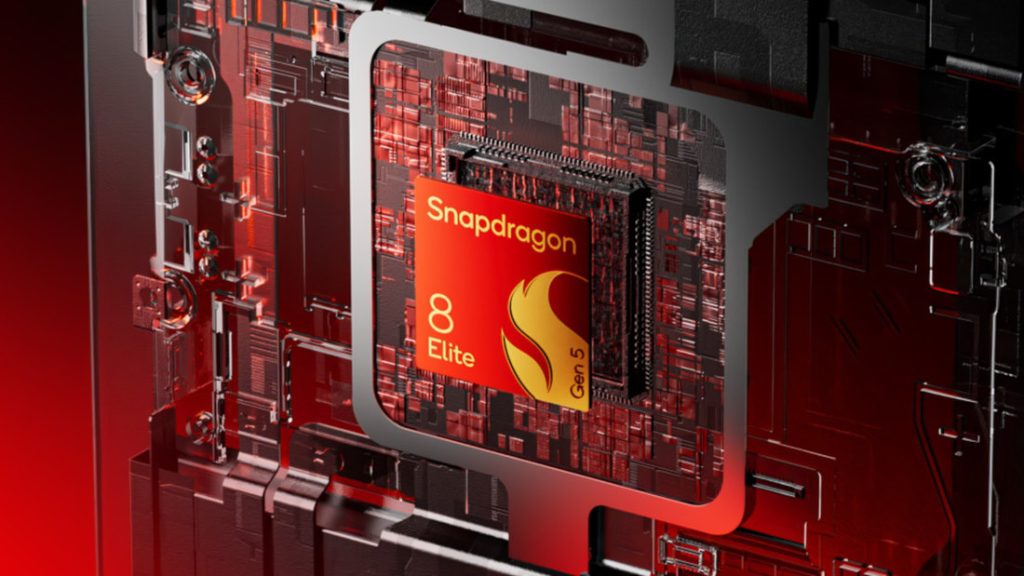Introduction
Google DeepMind has announced Genie 3, a significant advancement in AI-powered 3D environment generation. This new model utilizes unsupervised learning, a departure from previous methods that relied heavily on labeled datasets. This shift allows Genie 3 to learn from raw data, creating more diverse and realistic 3D worlds.
Core Details
Genie 3 builds upon its predecessors by significantly improving the quality and complexity of generated environments. It can create intricate scenes with diverse objects, lighting effects, and realistic physics. The unsupervised learning approach means the model is not constrained by pre-defined categories or labels, leading to more creative and unexpected outcomes. While specific technical details are still emerging, initial demonstrations showcase a substantial leap in visual fidelity and interactive capabilities.
- Improved realism in generated 3D environments.
- Ability to handle complex scenes and interactions.
- Unsupervised learning enables greater creativity and diversity.
- Potential applications across various fields including gaming, architecture, and virtual reality.
“Genie 3 represents a significant step forward in AI’s ability to understand and generate complex 3D worlds. The unsupervised learning approach opens up exciting new possibilities for creative applications and scientific discovery.”
— Dr. Nando de Freitas, DeepMind
Why It Matters
Genie 3’s unsupervised learning capability is a game-changer. It reduces the reliance on expensive and time-consuming data labeling, making 3D environment generation more accessible and scalable. This has profound implications for various industries. Game developers could create more immersive and dynamic game worlds, architects could visualize designs with unprecedented realism, and researchers could use these environments for complex simulations. This technology has the potential to accelerate progress in fields ranging from virtual reality to robotics.
















